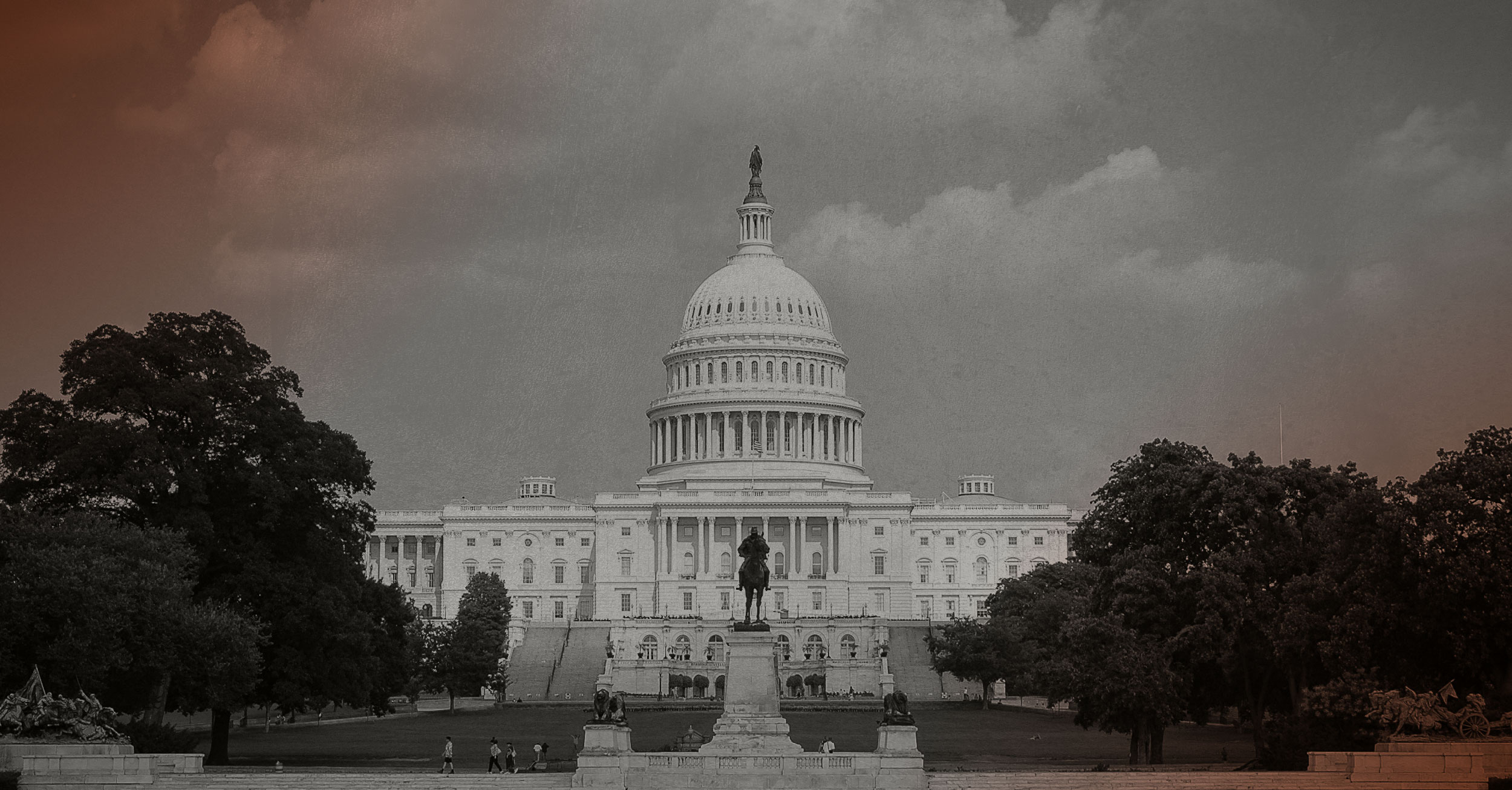Navigating the Storm: How Trump's Tax Bill Could Reshape Markets and Your Portfolio
Oliver BlakeSaturday, Jun 28, 2025 11:43 pm ET
![]() 55min read
55min read
The Trump Tax and Spending Bill of 2025, a legislative behemoth racing against a July 4 deadline, is poised to reshape sectors from healthcare to energy while exposing investors to political volatility. With $3.8 trillion in tax cuts, $350 billion in defense spending, and deep cuts to Medicaid and green energy programs, this bill is a minefield of opportunities and risks. Let's dissect its impacts and plot a course through the chaos.

The bill's Medicaid provisions—work requirements, co-pays, and rural hospital funding shifts—are a double-edged sword. While the Senate's $25 billion Rural Hospital Transformation Program may stabilize some facilities, the Congressional Budget Office (CBO) predicts 10.9 million fewer insured Americans under the House version. This could reduce patient volumes for hospitals and insurers, especially in states like North Carolina and Kentucky.
:
- : Hospital chains like and , which rely on Medicaid reimbursements.
- : Telehealth platforms like or , which might capture demand from newly uninsured patients seeking affordable care.
The bill's elimination of electric vehicle (EV) tax credits by September 2025 and cuts to renewable energy incentives could be catastrophic for wind and solar firms. Senate Democrats warn this is a “death sentence” for industries already facing supply chain and cost pressures.
:
- : Pure-play renewables like or .
- : Into fossil fuel giants like or , which could benefit from reduced competition and higher energy demand.
The bill's $350 billion allocation for national security—border walls, missile defenses, and detention facilities—lights a fuse under defense contractors. Private prison companies like and aerospace firms like could see windfalls.
:
- : Defense contractors with direct ties to the bill's priorities, such as (missile defense) or (military aircraft).
The SALT deduction's expansion to $40,000 (for five years) aids high-tax states like New York and California. However, the retained “pass-through” loophole—which lets wealthier taxpayers bypass caps—could skew benefits toward the affluent.
:
- : Real estate in high-tax states, as reduced tax burdens may boost demand.
- : Overweighting regional banks in states facing Medicaid cuts, as loan defaults could rise.
The bill faces GOP infighting, Democratic filibusters, and CBO cost estimates that could sway undecided senators. A failure to pass by July 4 would trigger a market sell-off, while passage might spark a rally in defense and fossil fuels.
:
- : Use inverse ETFs like to offset downside risks.
- Monitor: The S&P 500 Volatility Index (VIX) for fear-driven volatility.
The bill's passage hinges on GOP unity and Senate procedural wins. Investors should:
1. Rotate into defense contractors and fossil fuels while avoiding renewables and Medicaid-reliant healthcare.
2. Hedge with inverse ETFs to insulate portfolios from legislative gridlock.
3. Stay nimble: Watch for amendments or CBO reports that could shift momentum.
This isn't just a legislative battle—it's a real-time stress test for sectors and investor resolve. The July 4 deadline isn't just symbolic; it's a countdown to reshaped markets.
Stay informed, stay positioned.










